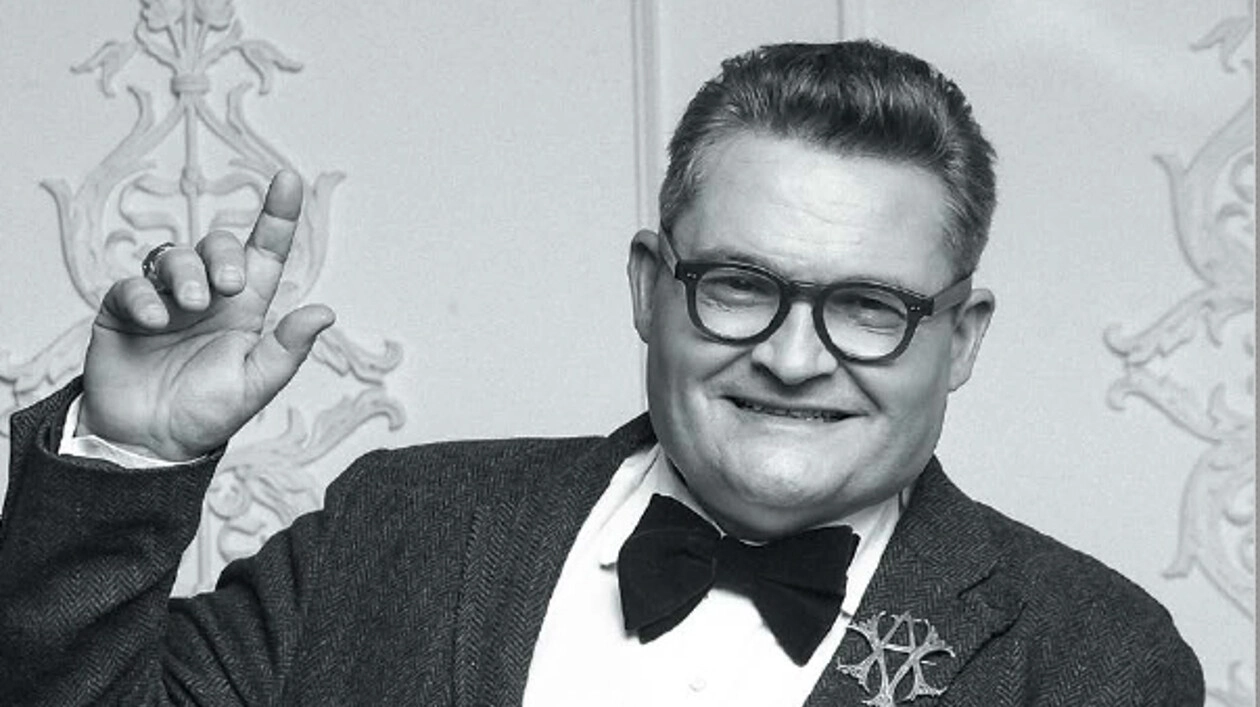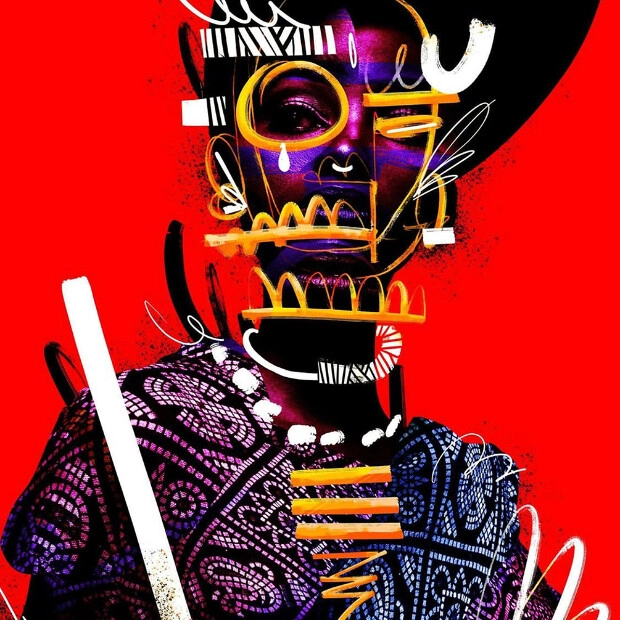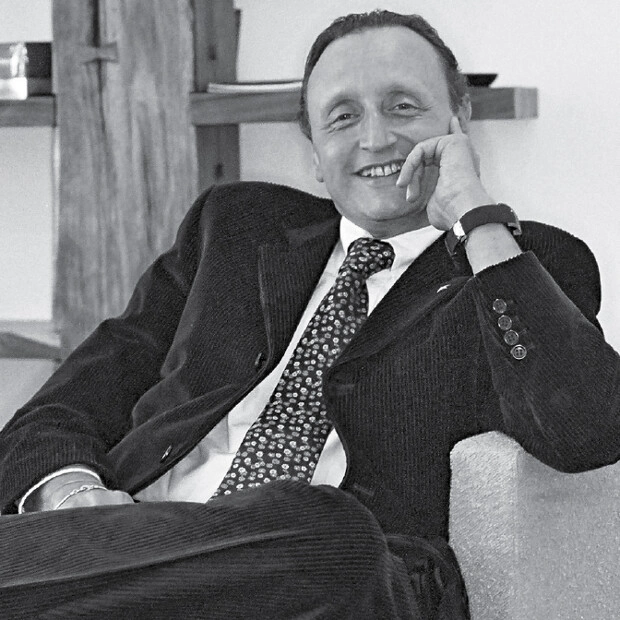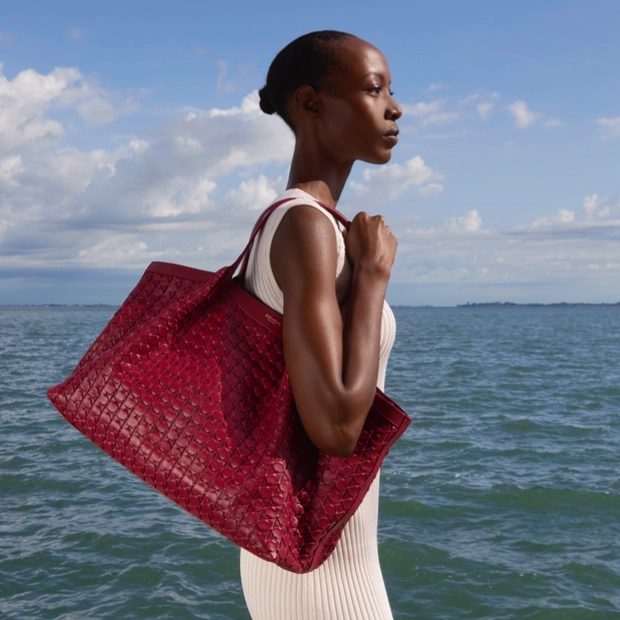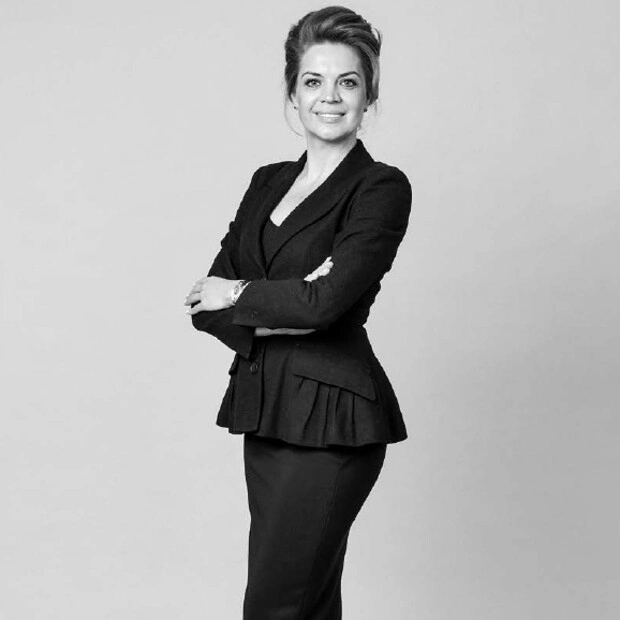Russia is a country of paradoxes. Rushing from the excitement of its authenticity to a wish to catch and exceed the West, and then, a return to authenticity. The reforms from Peter the Great to the Revolution, an upheaval that negated almost all history and culture, became a process of losing national tradition. Our new columnist, an historian of fashion, art critic, artist, the author Alexander Vasiliev, considers tradition to be more than an empty word, gives his thoughts on aesthetics and beauty, past and future.
Art should always be up-to-date. It reflects contemporary moods and traditions because new things don't grow without roots. It is important to differentiate between modern and tradition. The expressing opportunities are different in art: sculpture, painting, architecture, poetry, music, literature, ballet, theatre. These different genres of art can be embodied in different forms. One can't exist without another same as we can't exist in a society with just modern or only traditional, old, tested by time forms. The co-existence and interpenetration of both are very important.
We can't distinguish the true art from commercial in the actual moment of being. Sometimes we praise the modern author considering him to be the greatest while he lives. Time tests this and he is forgotten by everyone. Austro-Hungarian painter of the 19th century Hans Makart was considered to be the greatest artist of the country while he was living. He is almost forgotten today and his paintings lost their price. The same happened to his contemporary Henryk Siemiradzki who was viewed a genius. Ilya Glazunov used to be called a genius Russian artist and his reputation has not diminished nor has Nikos Safronov's although some people think that he just signs other artist's work. What is true art in this queue, only time will tell.
It is important for the writer to be demanded while alive because it means a good living. For the art historian, the question of who left the meaningful work and who was a figure of the moment is something obvious only after 150 years. Not a single gallery owner today can predict who of our contemporary artists will be estimated same as today. It often happens that art objects' prices are high because of mass media support, good marketing and numerous exhibitions. But they will probably lose their positions in future falling to the second and third rate.
Artificial Intelligence doesn't yet make art. And there's no need, human intellect is enough for this purpose. There's no need to use another extreme point — animal intellect, say, monkey with a brush in its paw painting some lines on the canvas. These "masterpieces" are sold by solid sums of money. I think this is not something im-portant for the culture. Important art objects are made by a creative thinking intellectual and it is even not necessary for him to be someone who lives in a psychiatric hospital. Art history knows cases like Vaslav Nijinsky and Vincent Van Gogh, their activities significant but di-minished by mental ill health.
One of the most demanded fashion designers of today in the West is Demna Gvasalia, previously our compatriot from Georgia. He would never break through and become famous being just one of many others in his motherland Georgia or in Russia because there's no nourishing ground here today. The "iron curtain" is almost down and the immigration of people from Middle Asia and Transcaucasia is abundant. He occurred to find himself in France, got educated in West and then he brought a jet of the ex-USSR's esthetics of the nineties to the western effeminate fashion thought.
His fashion credo is anti-aesthetics, ugliness. If we examine his silhouettes in detail we can see that he is contradicting the harmony of male and female bodies. The theory of colour and light obviously doesn't fit with his dimensions in the law of luxury and beauty we were addicted to in the 20th Century. That time is over and it is very possible that the 21st Century belongs to Demna Gvasalia whom I respect with piety. What seems to be ugly and hard to understand today might be on top later and they will say that the idea to make French women look like Soviet schoolgirls was genius.
The base of the future cultural life in Russia is being today. Our main crossroad is China as provider of goods and Middle Asia and Transcaucasia for talented people. Lots of immigrants from Middle Asia will do their bit in art and cul-ture and it will definitely change. Children of mixed marriages will become painters, designers, new colourful clothes and tissues will appear, there will be a new fashion stream — Muslim fashion since more and more Russian women wear scarf. All of it will happen but it is early to talk of it now. We will see in 1925, seven years later.
There's an image of Russian style in our fashion, yet it is a lux-urious winter style. A passion for fur, headwear, diamonds which are truly beautiful only with the snow in the background and never under the sun, and embroidery and flow-ers. This authentic view of woman's beauty is Boris Kustodiev's style and one sees it in the beauty of Natalia Gundareva and Elena Solovey. It is of blooming health with rosy cheeks, a small nose and beautifully groomed hair. She doesn't weigh forty-five kilos and look like a stick insect showing herself absolutely happy like a turtle who ate one cabbage leave and is proud of herself because of that. Russian woman lives in a frosty climate and it's cold here six months in a year. Russian kitchen is rich with oil and fat, high-calorie, not based on fresh products at all, it is mostly pickles, marinades, jams, cakes, always soups, pies, roasts, porridges, and in the best case — beef stroganoff and the Kiev's cutlets. And this is tradition as well.
I was talking of kokoshnik for too long saying that it's a shame to marry wearing white flowered dress from Taiwan. And the tragic moment came — high time to realize that Russia doesn't have its own national dress. There are some exhibited in ethnographic museums of every province each having its own variant but nobody wears it because Dolce & Gabanna didn't command to, Gucci House so popular today didn't tell to, Balmain didn't whisper to anyone's ear that we can wear à la russe today. When we had World soccer Championship here in Moscow, Argentinians, Spaniards, Mexicans came here wearing their national costumes and ours came to watch matches wearing American jeans, with their faces ornamented by tricolour which is actually not much different form French and Nederland and even same American flag with its stars and white-blue-red colours. So demand for kokoshniks, sarafans began to appear. Not spikings yet but it will come up to them too. I think I succeeded in knocking on people's minds' door — collections appear and they include kokoshniks, satafans and kichkas. Tradition connected to the modern fashion is necessary for every country. It doesn't mean they will wear this all in the streets, no need for that. This is a holiday costume for special occasions like weddings, national Days of Russia, anniversaries. Japan women don't wear kimono every day but they didn't give up traditions but we had to refuse from ours due to revolution.
Our traditions were despised because of the opposition represented by bolsheviks who forced their own military rituals: "fire blue nights", eternal fire, "Arise children of the fatherland the day of glory has arrived". Russia is a kind woman with joyful warm face not the angry trader with Kalashnikov throwing bombs and bullets. That is an ugly mask they try to make it wear and we won't ever move forward until the most part of population realizes it. Only positive face of Russia will help us on our way: the Bolshoi Theatre, Tretyakovskaya Gallery, Hermitage, Russian museum, VDNH, wonderful Hudozhestvennyj Theatre, our chorus traditions, Moiseev ensemble, our great designers, poets, writers. Here is spiritual life — religious and secular as well. This is our culture, our roots we derived form and it is respected all over the world. No one cancelled creations of Lev Tolstoy, Fyodor Dostoyevsky, Alexandr Block, Boris Pasternak and these are our great treasures. We shouldn't stand apart of it and say that we have Dud' and "Leningrad" group now and that's all.
Russia is the first country where destroying traditions became a tradition. New Year with its tree and Christmas — after that. Why then New Year is not celebrated on the thirteenth of January in old style? Same with language. We live now among the generation of troechniks — bad scholars and even media persons can't align two words in phrase without mistakes on TV. Tradition should live in cultural speech, correct emphasis, no accent differing from literary, in melody, knowing folklore, national poetry, belles-lettres. Tradition is keeping but not destroying culture and spoiling speech by americanisms for example. I call everyone of us to fight for keep-ing our traditions as much as it is possible. Not to forget. To keep. To care.
